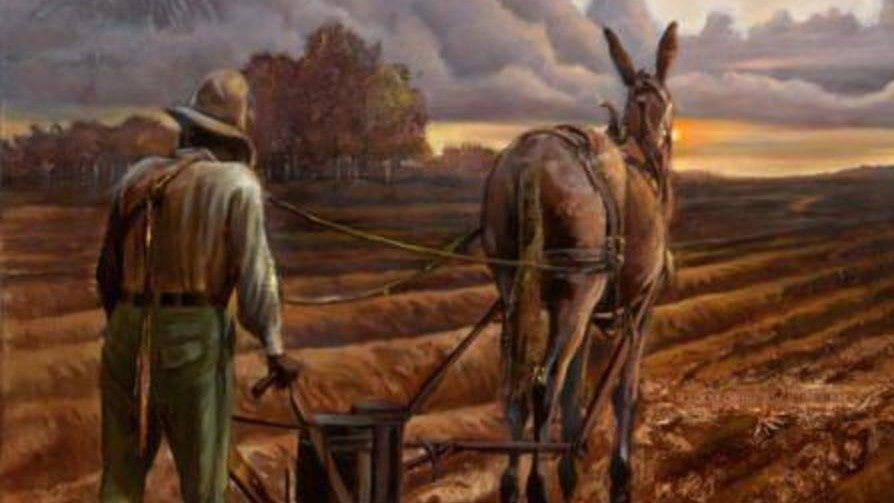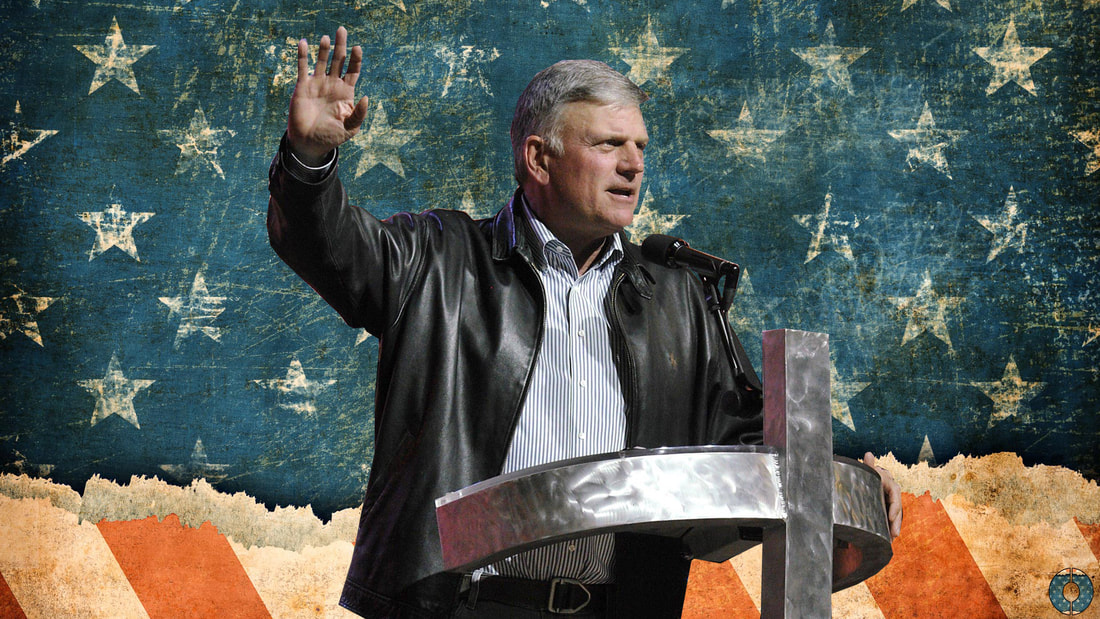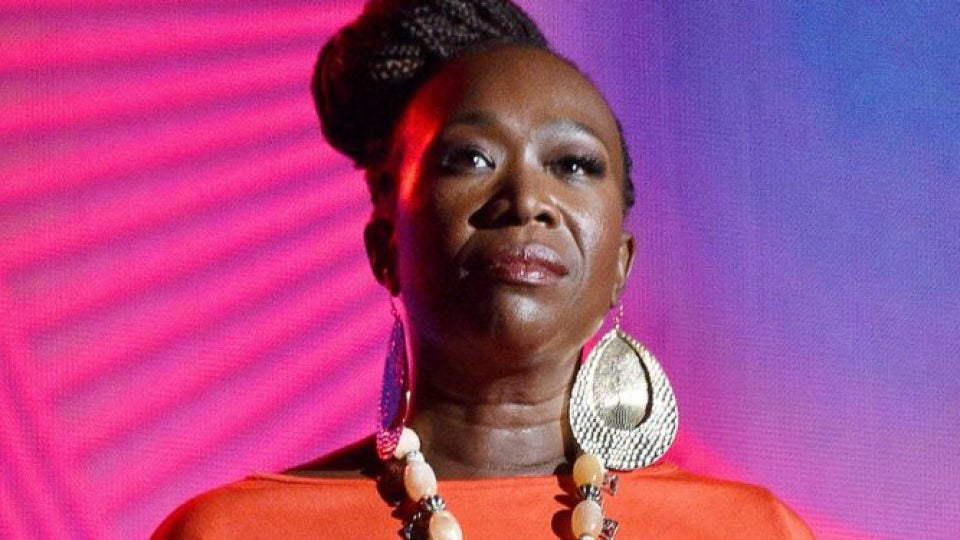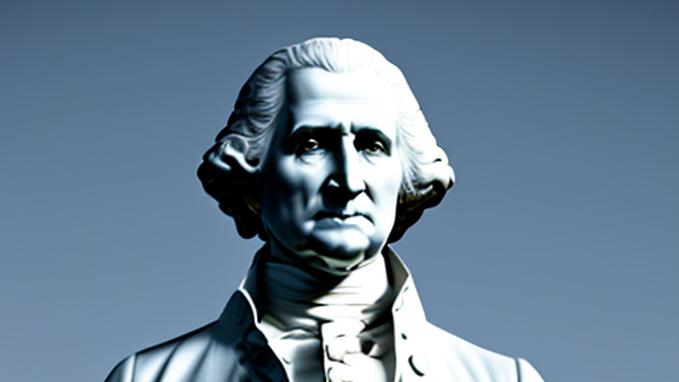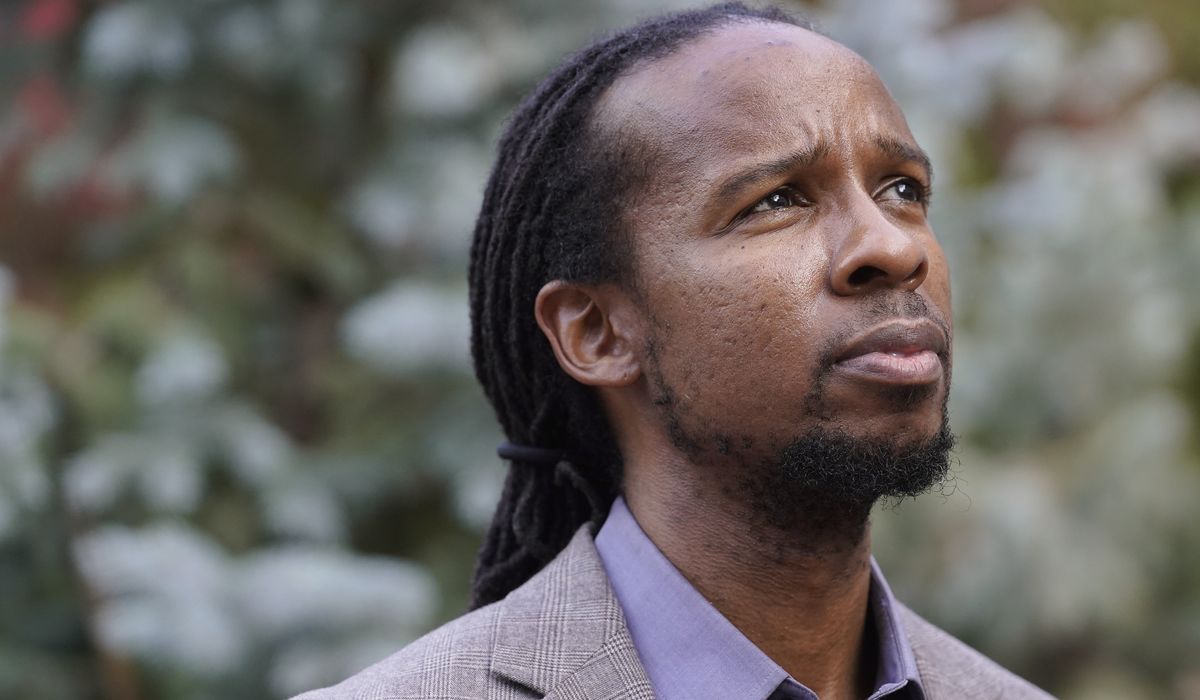|
I‘m concerned about the proliferation of anti-male trends occurring throughout our country. I fear they are evolving into widespread counterproductive movements that will permanently damage our long-standing societal structure. Some of these anti-male trends are actually viewed as positive by institutions of higher learning, members of the younger generation and the Leftist establishment. Reversing these trends will be a formidable undertaking but it can be done. However it cannot be postponed much longer.
Some works of Southern literature have achieved such a secure status that their racial characterizations and use of racial dialect have withstood being labeled “institutionalized Southern bigotry.” A classic case is the escaped slave Jim in Mark Twain’s The Adventures of Huckleberry Finn. The novel portrays Black Jim as much wiser than his White friend Huck. Movie depictions of Southerners ran the gamut from slightly exaggerated regional dialects to bigoted rednecks. Cinematic portrayals of Southern females were stereotyped but that didn’t prevent occasional outstanding performances. Consider British actress Vivien Leigh’s characterizations of Scarlett O’Hara in ‘Gone With The Wind’ and Blanche DuBois in ‘Streetcar Named Desire.’ Miss Leigh won academy awards for both performances. Hollywood films about the South are not attracting the viewing audiences they used to. In many cases, plot lines and characters are less realistic as a result of accommodating contemporary socio/political thinking. The primary considerations for casting for this generation’s films are race, gender and sexual orientation. This is hardly the casting that will attract audiences. The public is inundated with frequent news reports on the lifestyles and happenings of celebrity women, i.e., Oprah Winfrey, Hillary Clinton and Michelle Obama. Indeed, a segment of our society consists of “wannabee” female celebrities who have an inflated sense of their own importance. A prime example is Karine Jean-Pierre, the first Black LGBT White House press secretary. Jean-Pierre’s press briefing bloopers continue to worsen but she seems blissfully unaware of her flaws. The blundering Jean-Pierre actually brags about her expertise The shrews on ‘The View’ usually pursue an anti-male agenda, rarely mentioning Cleopatra, Joan of Arc or Jane Austen. And if the topic ‘Southern belle’ is even mentioned, it would certainly be in a negative connotation. Men cannot understand why The View has had such a female following for so long. The female cast of The View doesn’t present a favorable view of women (should I say American women?) And, in addition to reports of constant bickering, cast members frequently resign. In fact, none of the characteristics of the female panel would seem to attract and hold viewers.
1 Comment
While surfing the Internet, I came across this phrase: “Total equality for everyone all the time.” My initial reaction was: this is a humorous caricature of today’s Leftists, not meant to be taken seriously. But, although it might be humor, it characterizes the Liberal mindset: No one should be better than anyone else.
Equality is unattainable but degrees of equivalence are possible. Society can be gradually modified if modifications are carefully planned prior to taking corrective action. Hindrances must be dealt with but can’t always be anticipated. Consider the post-War Reconstruction of Southern states by occupying Union troops. As the South was under military rule, the Union thought it could rearrange society with little or no local resistance. But local opposition, both outright and subtle, continually frustrated the occupying troops. Eventually the Union lost interest in Reconstruction efforts and abandoned the Southern region. Without coercion from occupying forces, freed slaves and former masters negotiated contractual arrangements. For use of the land, freed slaves agreed to assign a portion of their crop production to the land owners. This was the beginning of sharecropping. Leftists often consider sharecropping as simply another version of slavery, although sharecropping labor was voluntary, not compulsory. The 1860’s concept of sharecropping lasted well into the 20th century. One of today’s hottest issues is reparations for slavery although no former slaves or slave masters still exist. A curious example of today’s reparations is San Francisco, a city with very little involvement with slavery. It plans to dole out $5 million to each Black resident, eliminate all personal debt, guarantee annual incomes of at least $97,000 for 250 years and homes for Black residents for just $1. Before the astonished public could fully grasp San Francisco’s exorbitant reparations agreement, Missouri’s Democratic Representative Cori Bush introduced a Congressional bill requesting $14 trillion in reparations. (Yes! You read that correctly. $14 trillion.) When Rep Bush announced her bill, she said: “The United States has a moral and legal obligation to provide reparations for the enslavement of Africans.” Interestingly, Ms. Bush didn’t describe the Black population as African-Americans but simply as Africans. The potential of receiving reparations has caused the definition of enslavement to be expanded. It now includes such things as segregated housing, separate education, and hindered cultural opportunities. The anticipation of receiving reparations has encouraged a surfeit of Black complaints about the harmful effects of slavery on their ancestors. In the early 1900s, President Theodore Roosevelt proclaimed; “I stand for straight Americanism unconditioned and unqualified, and I stand against every form of hyphenated Americanism.” America was originally settled by light skinned European Caucasians in the late 1700s. They brought their existing values and customs with them and adapted to their new environment. Ethnicities immigrating into this new land assimilated its customs and blended into the majority Caucasian population. Newly arrived immigrants were “Proud to be American.” Voluntary assimilation helped create an America that became the envy of other nations. America’s survival was tested by an armed conflict between the country’s Northern and Southern regions. It survived and lingering aspects of this regional conflict have not lessened America’s overall pride. It continues to thrive after two World Wars and the societal upheavals of the tumultuous decade of the 1960s. Our country’s cohesiveness is being tested by has various groupings of hyphenated Americans. African Americans are our principal hyphenated group. Although only 13 % of our population, they receive the overwhelming majority of media attention. The Leftist establishment’s promotion of diversity conflicts with the tribal nature of human beings. But the Left and its media assume they can force diversity on a resistant public. Essentially the public is already rejecting diversity. Consider the example of Freedom, Georgia, a newly established town about two hours South of Atlanta. Freedom is an all Black town created by blacks supposedly to get away from White racism. But this voluntary re-segregation by blacks involves much more than moving away from Whites. I maintain it is the beginning of a trend by blacks to develop their own towns. Blacks and whites both prefer living with and associating with their own ethnic group. We’ve already experienced separate black and white neighborhoods within the same city. This all-Black town of Freedom, Georgia, simply takes separate neighborhoods to the next level. The United States is already characterized by diversity in its current population as well as its ethnic and racial ancestry. Continual immigration, from the 1800s onward, formed groupings of foreign-born persons unmatched by any other nation. Many were driven, seeking escape from political or economic hardship, while others were drawn by a demand for work. Until fairly recently, most assimilated American values and customs. The overly indulgent immigration policies of the Biden administration encourages immigration without assimilation and has greatly increased the number of hyphenated Americans. But although this group enjoys the perquisites of citizenship, they don’t feel pride for our country. Indeed, a recent opinion poll indicated that if America was attacked 38 % would leave. Our politicians create clever political language (spin) to alter public opinions. Social justice is their current fashionable panacea. It involves a distribution of economic and social opportunities especially for marginalized groups. The Far-Left talks about “fairness” and scrupulously avoids the term “equality”. Many of our younger citizens view America’s capitalism unfavorably and lean towards socialism. We should be concerned about young America’s enthusiasm for socialism. In fact, the organization “Young Democratic Socialists of America (YDSA) “has well over 100 chapters in America. These youthful socialist are well-covered by news media. But two important cable news broadcasters were recently terminated by Fox News : Tucker Carlson and Lou Dobbs. After graduating from Hartford’s Trinity College in 1991, the Young Tucker Carlson spent some time as a print journalist, his conservative views already apparent. Carlson also had stints with various televised news outlets including CNN, PBS, MSNBC and finally in 2009, Fox News. Carlson began his own Fox News program in 2016 and it became the highest-rated cable news program in prime time. As the last week in April 2023 began, Carlson was terminated for unrevealed reasons. I was watching Lou Dobbs long before I watched Tucker Carlson. Dobbs was also terminated by Fox for unrevealed reasons. Like Carlson, Dobbs was an outspoken Conservative commentator and staunch Trump supporter. Before joining Fox News, Dobbs like Carlson, was part of CNN’s news team. The outspoken Dobbs didn’t mince words in his reporting and often offended the subjects of his reports. Lou Dobbs is castigated for opposing immigration but he does so because immigrants refuse to assimilate. He opposes racism but objects to its characterization as “systemic.” That opinion, shared by many Americans, caused the Southern Poverty Law Center to describe Dobbs as a racist. Lou Dobbs not only opposes far-left opinions but insists that they harm our society. He currently hosts The Great America Show radio podcast and his news show can be found on the Internet. The Biden Administration has been accused of de facto socialism. It uses the euphemism “equity” to mean equal outcomes rather than equal opportunity. Consider the administration’s new executive order regarding the housing market. Financially solvent home buyers will pay more for their mortgages to subsidize buyers with poor credit - another indication that the Biden administration is becoming a Marxist-Leninist entity But weak, inept opposition from complaisant Republicans mustn’t be overlooked. It would be highly unlikely for a failed president like Joe Biden to be re-elected to a second term. However elections have been stolen and there are strong suspicions that voting fraud decided the 2020 presidential election. But even if Biden is not reelected, he could do great damage to our way of life before his current term ends. So we’ve lost Tucker Carlson and Lou Dobbs at a bad time. Until recently, the psychiatric community diagnosed transgenders as having a mental illness. I think the public generally agrees with that diagnosis but the World Health Organization decided that transgenderism is not a mental disorder. The 1960s counter culture felt that it could alter traditions that had been passed on from generation to generation. Many in this generation support “transgenderism”, the process of altering the gender designated at birth. As a traditionalist from a previous generation, concepts like transgenderism are unfathomable to me. Common sense characterized the mindset of my generation whereas wishful thinking seems to describe this generation, Generation Z. For Zers, transgenderism is simply an alternate lifestyle, and my generation is dismissed as a time of thoughtless conformity. A classic example of transgenderism is William Bruce Jenner. The child Bruce had gender identity conflicts, often secretly cross-dressing as a female. But as an adult, Bruce married and fathered children. Actually, he married three times, once to Elvis Presley’s ex-girlfriend. Bruce competently parented the children produced by these marriages. But the unrelenting discontent with his reluctant maleness continued to plague him. Eventually Bruce sought gender reassignment surgeries and became the female Caitlyn Marie Jenner. Transgender Caitlyn Jenner is a pop culture icon and a leading advocate for transgender rights. Her public appearances promote a more inclusive society and acceptance of transgender people. She is the most famous transgender woman in the world and surprisingly, a Conservative Republican. Today’s vocabulary includes the term “genderfluid” i.e., a person’s gender designation is flexible rather than fixed. You are allowed to replace your birth gender with the gender you currently prefer. Transgenders, sometimes called “gender diverse” , often modify their birth gender to accommodate their current mindset. Transgenderism doesn’t require any specific sexual orientation, i.e., straight, gay, lesbian or bisexual. But I see no evidence that the general public thinks transgenderism is normal. It may not be actively opposed but toleration shouldn’t be construed as approval. At this point in time, the practice hasn’t impacted our way of life. However it seems to be gaining momentum. Interestingly, while I was composing my critique of transgenders, popular television host and political commentator, Tucker Carlson devoted an entire program to the topic: “Transgenderism Is The Most Dangerous Extremist Movement In The United States.” Carlson is correct in his assessment of transgenderism. According to President Biden, "Transgender Americans shape our Nation's soul.” Transgender Americans have certainly become a significant segment of society but they are still “marginalized.” This generation categorizes me as “cisgender”, an unimaginative person who is content with their birth gender. Cisgenders are the opposite of and greatly outnumber transgenders but get little establishment or media attention. Like previous disruptive social movements, the future of the transgender experiment is unpredictable. Increased attendance at services of other religions has caused a serious decline in attendance at Christian Churches in America. During his presidency, Barack Obama stated, “We are no longer a Christian nation…” Mr. Obama insisted that he meant to say “We are no longer ‘just’ a Christian nation.” But the omission of the word “just” doesn’t change his meaning that much. Obama seemed to take pride in the growing number of other religious denominations in America. But a nation’s religious fervor shouldn’t be evaluated in the same way as industry and commerce. America’s Christian church attendance is declining and Great Britain’s Church of England, the established state religion, is also experiencing a loss of congregants. Why are Christian churches in America and Britain no longer attracting parishioners to their services? There are various reasons but an important one is that few, if any, of these churches have priests or ministers capable of rousing a congregation. But who today could develop a national following and potentially become America’s primary Christian minister. Bear with me as I’m going to suggest that Franklin Graham, son of famous evangelist Billy Graham, might fit the bill. Unlike his father, Franklin has no reservations about his involvement in politics and public affairs. He espouses Republican conservatism and even publicly endorses conservative candidates. His adolescent years were fairly typical and certainly didn’t presage a future religious profession. But in his twenties while alone in a hotel room, reading the gospel of John, Franklin Graham had an epiphany and was reborn as a Christian. Rather than sermonizing the gospel like his father, Franklin’s religious endeavors primarily include feeding and clothing the poor with his organization Samaritan's Purse. Although Franklin Graham is a product of the secular world, his Christian beliefs are bona fide. Volunteers to his organization must hold conservative values and agree to oppose homosexuality and same-sex marriage For England ‘s Christian leader, I would recommend Calvin Robinson. Robinson decided to leave broadcasting and become a theologian. He had hopes of becoming an ordained deacon in the Church of England. But he was turned down and consequently settled for a deacon-ship in the conservative Anglican splinter group. The son of a mixed race couple, Robinson’s opinions stem from Christian values, which he argues are the foundation of a moral and stable society. Calvin Robinson opposes critical race theory, the ordination of women, same sex marriage and pre-marital sex. But he has defended colonialism and the British Empire and maintains that reparations for slavery have essentially already been made. Robinson’s conservative opinions come at a time when Church of England attendance is declining. Graham and Robinson already have influence within the Christian community. Hopefully they could reduce the excessive social activity and secularization of services. CNN, The New York Times, and Washington Post are prominent anti-White news sites. But the most virulent anti-White news site is MSNBC. It features Joy Reid, whose enmity towards Whites borders on hatred. This is a classic Reid quote: “I’ll say it again: people on the right would trade all the tax cuts for the ability to openly say the n-word like in ‘the good old days.’ To them, not being able to be openly racist and discriminatory without consequence is oppression.”
Joy Reid supports the anti-White Critical Race Theory (CRT) which claims races are just social constructs used to oppress minority groups. And this is Reid’s interpretation of Thanksgiving: “A simplistic fairytale interpretation of a 1621 encounter between indigenous tribes and English settlers that erases the genocide that followed. We’re a country that chooses violence over and over again. There is no facet of American society that is untouched by it, as all the recent headlines remind us.” The MSNBC/Joy Reid denigration of America goes something like this. This country was founded by slave masters and built by slaves whose ancestors are still denied full citizenship benefits. Leftist news sites accuse a callous White racism of preventing Black opportunities. In these news sites, the term “Whites” is often preceded with the modifier “privileged.” Not surprisingly, Joy Reid is critical of the phrase: “It’s okay to be white.” Her justification: “The phrase has been labeled a hate slogan by the Anti-Defamation League.” Reid’s mindset is revealed in her criticisms of White Republicans (the Right) : “Democrats have the culture. They have the Hollywood culture. They have the glamorous culture, and the right hates that. They feel that the culture is too woke, it’s too multicultural. It’s not John Wayne anymore. There’s all of this multiculturalism and wokeness and liberalism and they hate it.” Ms. Reid agrees with the Biden administration’s description of racism as “systemic”, permeating all aspects of American life. The administration even created a high-level Federal government position designated as “Chief Diversity and Inclusion Officer.” His lofty goal is “to ensure all individuals are treated equally.” But the administration’s fancy language doesn’t indicate how they will monitor the implementation of that, seemingly unattainable, goal. Joy Reid is not a “do-gooder”, naively attempting to improve relations between the races. Nor is she trying to create “equality”, an endeavor that has failed every time it was tried. She supports ‘diversity’ because it involves holding back Whites, one of her primary goals. And, even though her viewership has seriously declined, MSNBC will not cancel her show. A psychoanalyst recently diagnosed Whiteness as a mental illness. Another psychiatrist said she had fantasies of shooting White people. These are just two examples of the intensity of the disapproval of Whiteness currently taking place in America. But Whiteness is essential to American society as well as Western Civilization so it should be esteemed and preserved. Conflicting opinions of Whiteness are offered in two recent books; “White Fragility” by Robin DiAngelo and “The Diversity Delusion” by Heather Mac Donald Robin DiAngelo takes the standard Leftist view. Her book. “White Fragility” is based on two basic assumptions: “All Whites are racists” and “Its hard for Whites to talk about racism.” Social justice activists and Left-leaning journalists might promote DiAngelo’s two assumptions but I disagree with both. Her claim, “Its hard for Whites to talk about racism” might be true but that doesn’t mean Whites are racists. You would think DiAngelo’s cliches would no longer hold an audience’s attention but people actually pay to attend her lectures. They also pay to participate in her workshops where guilt-ridden Whites are scolded for denying their racism. At the other end of the spectrum is Heather MacDonald who refers to herself as a secular conservative. She uses the modifier “secular” because she feels conservatism does not need to be propped up by religion. In essence, MacDonald rejects Leftist racial banalities in favor of ‘common sense.’ Problems within the Black community cannot be blamed on White racism nor is it the cause for the disproportionate number of Black males serving prison sentences. Heather MacDonald’s level-headed interpretations of race relations is what we need to hear instead of DiAngelo’s one-sided accusations. Also MacDonald’s writings and lectures tend to uphold the importance of Whiteness. For most of our history ‘Whiteness’ was a euphemism for what was considered ‘normal’ and beneficial. White society was a crucial part of Western Civilization and ancient Greece was generally considered the birthplace of Western Civilization. Greece, with help from the Roman Empire, spread Western Civilization (aka White Civilization) throughout Europe. This White European culture permeated the newly formed American colonies. But Western Civilization has had little impact on what are categorized as ‘Third World’ countries, so-called because their development lagged behind USA and the Soviet Union (identified as the first and second worlds). Countless citizens of under-developed Third World countries have immigrated to America and have not been turned away. Today, one out of every 10 American voters is an immigrant. The Smithsonian National Museum of African American History and Culture had a “Whiteness” poster in its “Talking About Race” series. The poster contained this statement, “If you identify as white, acknowledging your white racial identity and its privileges is a crucial step to help end racism.” The poster ascribed traits such as hard work, being on time, and politeness to “white culture.” But ascribing a multitude of positive traits to Whiteness was considered to be condescending and unfair to Black people, so the poster was removed. In this age of coerced equity, the concept of separate races is considered “old-hat.” Today everyone is assumed to belong to the same race and that lessens the uniqueness of Whiteness. The existence of racism was originally determined empirically by social scientists but today political organizations, social justice warriors, and far-Left zealots are deciding what constitutes racism. These zealots have actually described Whiteness as “an existential danger to the country and the world” and have demanded its elimination. The USA was founded by White Europeans who created a White dominant society. However, non-White minorities have continually relocated to America. But although Whites as a percentage of the population has declined it remains the ascendant culture. And Whiteness still characterizes America. Preferential treatment and White privilege are either positive or negative based of your socio/political persuasion. They both concern racism but one involves providing favorable advantages to persons based on race, sex, color, ethnicity, national origin, age and sexual orientation, whereas the other refers to unfair societal advantages certain people are deemed to have over others. But I’m primarily concerned about another racial phenomena, race hustlers.
When slave labor ended, many freed slaves and former masters negotiated future working arrangements and continued their association. But other freedmen had to seek employment wherever it could be found in the larger society. Practical difficulties involved in transitioning slaves into freedmen have had long-standing consequences. The process simply hadn’t been thought through. So in the contentious era following emancipation, Whites and Blacks had to assume new roles and adjust to new ways of coexisting. Government coercion, Reconstruction, made the already strained race relations worse and the term “racism” has become an essential part of our vocabulary. Over time, the media-hyped phenomenon ‘racism’ has helped create a new profession, race hustlers. These are persons who exploit racial situations to serve their own interests. The race hustling of Al Sharpton and Jesse Jackson literally built empires. Race hustling has become such a profitable and newsworthy career that some of this generation’s race hustlers have become celebrities. A popular race hustler is Ibram X. Kendi (Ibram Henry Rogers) , a college professor and the director of the Center for Anti-Racist Research at Boston University. Kendi is obsessed with racism and finds it everywhere: “When I see racial disparities, I see racism.” Others may offer various explanations for these disparities but for Kendi, racism is the cause of all racial disparities. There are no shades of gray for Kendi, everything is “racist or anti-racist”. I find his conclusions on racism and antiracism simplistic and unacceptable but he has a large following, who, we assume, are taken in by his reasoning: “Racism is a powerful collection of racist policies that lead to racial inequity and are substantiated by racist ideas.” And he makes this cynical assertion: “The only remedy to past discrimination is present discrimination. The only remedy to present discrimination is future discrimination.” I’m surprised that Kendi publicly admitted the following truthful admission: “Racist ideas love believers, not thinkers” And consider this quote: “The opposite of “racist” isn’t “not racist.” It is “anti-racist”. In other words, those who don’t actively oppose racism are supporting it. Kendi’s disparagement of capitalism shouldn’t come as a surprise., he says: "Capitalism is essentially racist," and "racism is essentially capitalist." This sounds like a rehashing of the opinions of Angela Davis, the 1960s counterculture Marxist/Feminist. She said: "I am convinced that the ultimate eradication of racism is going to require us to move toward a more socialist organization.” It is claimed that Ibram Kendi is” the closest approximation we have to a national guru on race relations.” But before we make him a guru, we should consider his superficial cliched comment about America. “The full arc of American history can be understood as a battle between these two souls (Trump and Biden) with genocide, enslavement, Trump and bigotry on the one side and equality, science, Biden and empathy on the other.” I’m opposed to constant societal upheavals because our country has been so successful. So I think our minority groups should assimilate into the White majority, preserving only essential aspects of their own culture. But Ibram X. Kendi objects to assimilation:“Assimilationist ideas are racist ideas. Assimilationists can position any racial group as the superior standard that another racial group should be measuring themselves against, the benchmark they should be trying to reach.” Professor Ibram X. Kendi has even proposed a Constitutional Amendment that would create a Department of Anti-racism to pre-clear all proposed public policies to assure that they wouldn’t cause any inequalities. A department to assure proposals wouldn’t cause inequalities? This is what I would call a “Kinder Garden” proposal. I strongly disagree with Kendi’s self-serving opinions about racism in the 21st century. The harm it is supposedly causing Black society is greatly exaggerated and will not stand up to scrutiny. Kendi and long-time associate, Bina Venkataraman, editor-at large of The Boston Globe, hope to create a publication to focus people’s attention solely on racism. Hopefully Ibram Kendi’s temporary celebrity-hood will end before this anticipated publication comes to fruition. The Social Security Administration currently allows retirement at age 62 with reduced benefits and full benefits with retirement at 66. And most organizations, business and nonprofit, have a fixed retirement age usually between 65 and 70. Some state legislatures and charitable organizations have term limits as well as age limits. But our Congress has neither age nor term limits consequently it has many older career politicians , some in their 80s. And quite a few of these elderly career politicians seem to be just going through the motions. Some are essentially abusing the system and some have actually been corrupted. Nancy Pelosi is a classic example of a corrupt career politician. She has been in congress almost four decades and although she will soon celebrate her 83rd birthday, she refuses to retire. Nancy Pelosi is essentially the poster girl for term limits. For a long time Pelosi was a pet of the Leftist establishment, especially news media who would not report anything unfavorable about her. But a recent public poll indicated that 37% had a ‘very unfavorable’ opinion of Pelosi whereas only 18% had a ‘very favorable’ opinion. Although Nancy Pelosi insists that she is a devout Catholic, San Francisco’s Archbishop Cordileone has barred her from receiving Holy Communion for advocating abortion. But the Archbishop’s censure didn’t prevent her from summoning Catholic priests to perform an exorcism on her home to get rid of evil spirits after her husband was attacked, As House Speaker, Pelosi stacked the J6 committee investigating the riot on the Capitol with 7 Democrats and only 2 Republicans. And both had voted for Trump’s impeachment. As we would expect, Pelosi’s Committee blamed Trump for the riot and the Biden White House made the ridiculous claim that the riot damaged the country as much as the Civil War. Some may have naively thought Pelosi’s husband, Paul Pelosi, was a shrewd investor who was able to anticipate legislation and governmental actions that would benefit or constrain a corporation or an industry. But various accusations of ‘insider trading’ have surfaced, implicating Nancy and Paul Pelosi. Finally Congress introduced the “Pelosi Act”, a bill to prevent Congress members and their families from investing in the stock market. Pelosi removed a statue of Confederate Gen. Robert E. Lee from the Capitol and replaced it with a statue of civil rights icon Rosa Parks. Her justification: “The statues in the Capitol should embody our highest ideals as Americans, expressing who we are and who we aspire to be as a nation. Monuments to men who advocated cruelty and barbarism to achieve such a plainly racist end are a grotesque affront to these ideals.” Trained historians would never describe Robert E. Lee as someone who “advocated cruelty and barbarism.” In fact, Lee is held in esteem by many historians. But Pelosi interprets the past in the way that best suits her political positions which are based on today’s Leftist cliches. Although Pelosi didn’t approve of the use of slave labor in the 1800s she justified today’s using illegal immigrants as slaves “to pick the crops in Florida.” This is another example of those ill-advised comments she is noted for. Nancy Pelosi has neither ethics nor integrity and no one would accuse her of being a deep thinker. Her confused verbal offerings give the impression of someone who has had too much to drink. But she insists that she doesn’t drink so her frequent befuddled ramblings might be caused by the senility of an 83 year old woman. Nancy Pelosi represents the need for Congressional age and term limits. |
AuthorGail Jarvis is a Georgia-based free-lance writer. He attended the University of Alabama and has a degree from Birmingham Southern College. His writing is influenced by years of witnessing how versions of news and history were distorted for political reasons. Mr. Jarvis is a member of the Society of Independent Southern Historians and his articles have appeared on various websites, magazines, and publications for several organizations. He lives in Coastal Georgia. Archives
June 2023
|


